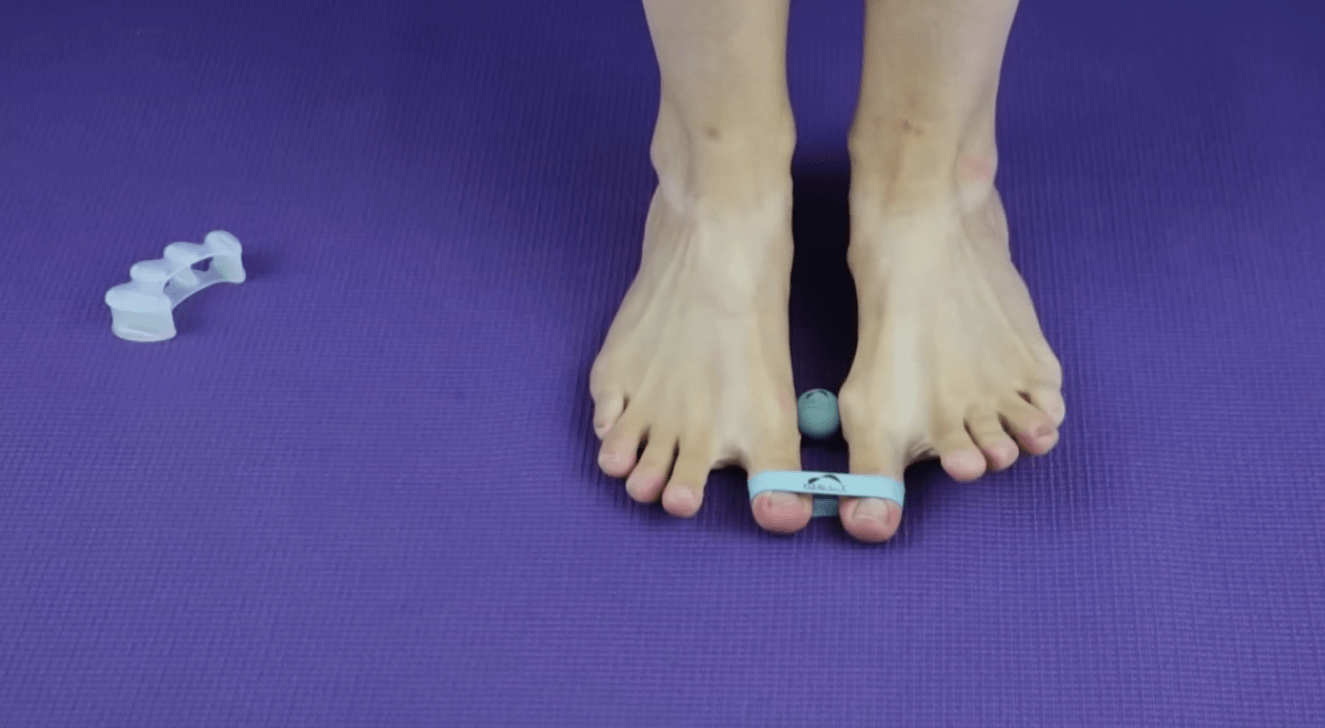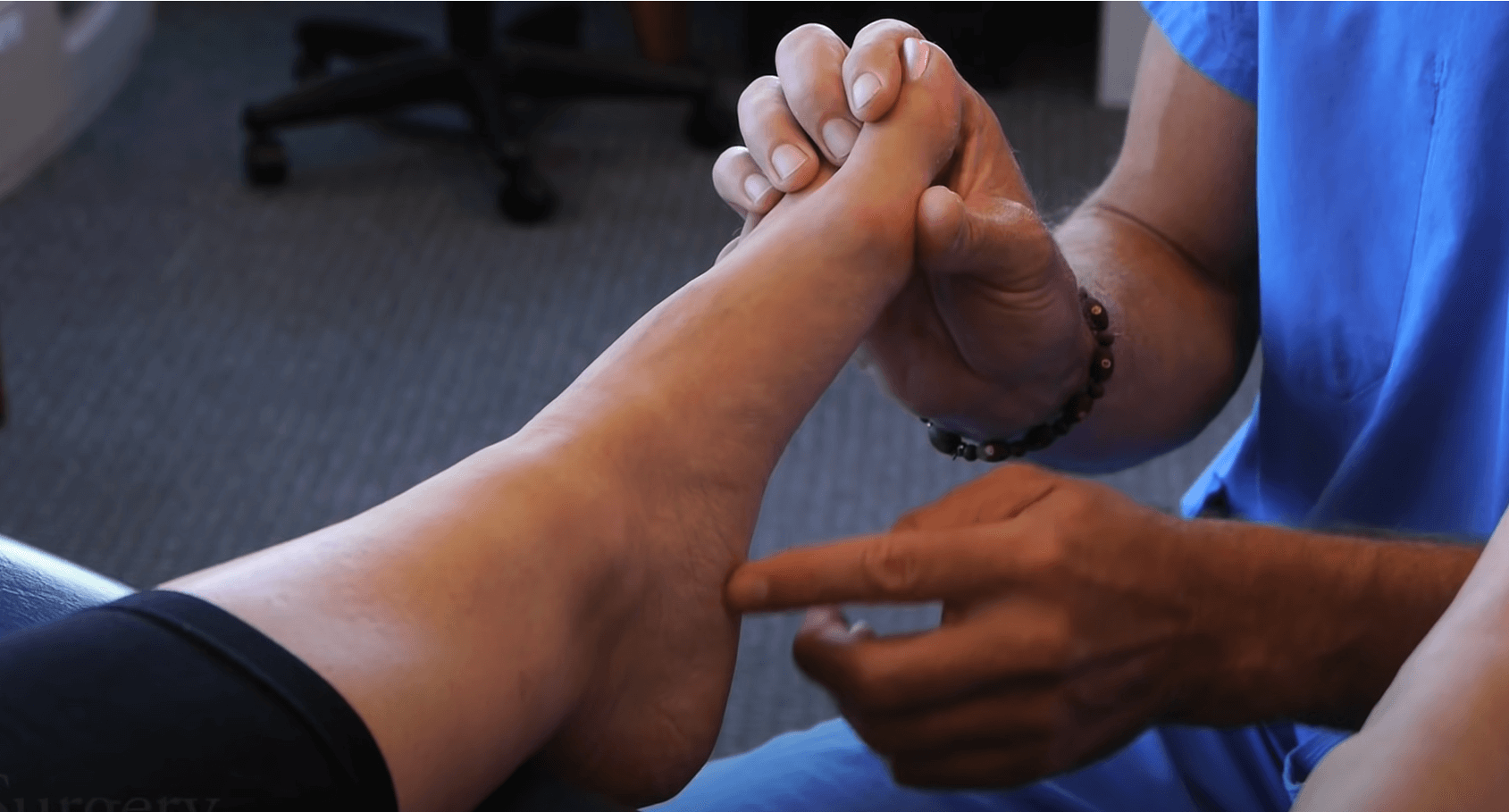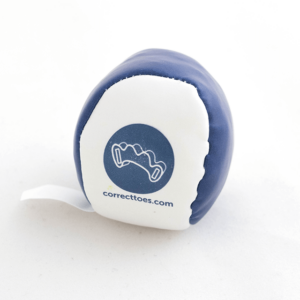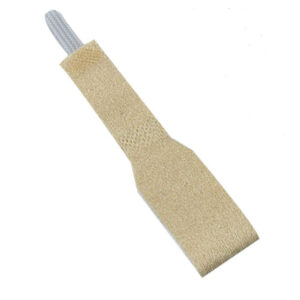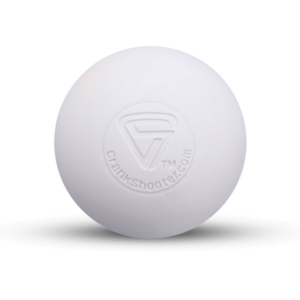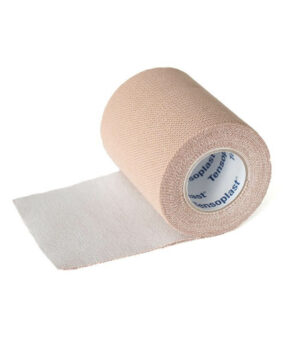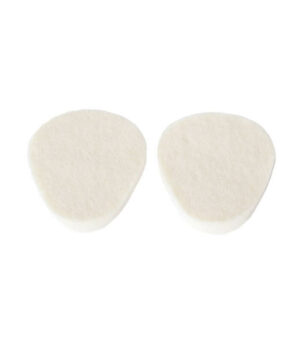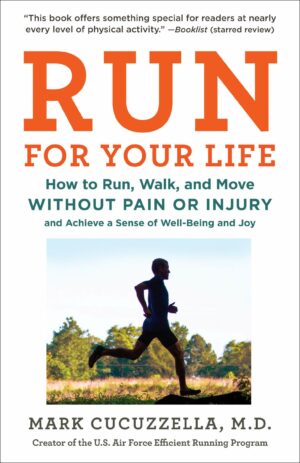Whether you refer to them as sneakers, trainers, kicks, or tennis shoes, modern athletic shoes are used across a variety of platforms. Over the past century athletic shoes have undergone considerable changes, transforming from humble beginnings of simple rubber and canvas to elaborate devices filled with the newest technologies. Today, we’ll explore the development of athletic shoes, exploring if these features live up to their intentions of improving performance or decreasing injury rates.

Allowing the wearer a cushier alternative to wooden soles, rubber soled footwear was first implemented in the late 1800’s. The Converse Rubber Shoe Company, an early adopter of rubber footwear, produced the first pair of ‘All Stars’ a basketball-specific athletic shoe in 1917. The All Star incorporates a flat (zero-drop) sole and flexible profile, features that remain relatively unchanged to this day. This simple design of a canvas upper stitched and glued onto a simple rubber sole became standard athletic shoe design across a multitude of brands throughout the 1900’s.
So, when did companies start adding technology like cushioned or elevated heels, arch support and motion control to athletic footwear?
The answer lies in our own backyard– or 8.8 miles down the road from the Correct Toes office. Nike, headquartered in Beaverton, OR, is a footwear company credited for many modern innovations of current athletic footwear. Nike was one of the first athletic shoe companies to add technology to their footwear. Just 33 years ago, Nike launched a basketball shoe meant to compete with, and improve upon, the All Star. In support of new star Michael Jordan, Nike’s Air Jordan was the first shoe to contain ‘technology’ in the form of an air-pocket manufactured within the rubberized sole. This air pocket was theorized to make the athlete jump higher, just like Mike. Two years later, the second rendition of the Air Jordan was released with the noted change of a full-length air pocket throughout the full sole. Visible heel cushion became notable factor of the third Air Jordan model, making this 1988 shoe the first athletic model to add intentional heel elevation.

Current athletic footwear profiles have built upon these initial Jordan models, maintaining the added cushioning under the heel. Throughout the 1990’s and early 2000’s, athletic footwear began to include a variety of features thought to improve the athlete’s performance. Similar to adding air cushions to improve an athlete’s vertical jump, companies began adding technology to footwear as it theorized improved performance and decreased injury. Arch support is one such addition that became commonplace in all the big athletic footwear brands. Support became synonymous with health, as structure within the athletic shoe hoped to correct and enhance the gait cycle. Podiatric curriculum’s typically back the idea of technology filled footwear, however rarely are podiatrists or biomechanists involved with the development of this technology. Rather, footwear is produced typically by a team of material engineers or designers. With the increase of athletic footwear technology throughout the last 30 years the average cost of each pair of shoes has more than doubled.
With three decades of adding support and structure to our footwear, have injury rates actually changed?
To fully answer this question, we must consider that there are many factors that can impact an athlete’s performance beyond their shoe. Training fundamentals, form, rest, hydration and nutrition are some of the key components that must be factored into athletic success or injury. Many recent studies have attempted to analyze or prove modern footwear claims. The US Army provided a  comprehensive longitudinal study published in 2015 that studies injury rates of new recruits throughout basic training. In 1982, the Army, Air Force and Marine Corps switched from completing basic training in leather boots to athletic footwear. The arch height of each new recruit was measured, and then the corresponding specialized ‘motion control,” “stability,” or “cushioning” athletic shoes were selected based off their foot’s individual criteria and needs as stated by the athletic shoe manufacturer. The belief was this switch from unsupportive, stiff leather boots to the specialized, cushioned athletic shoes would decrease injury rates over basic training. “However, a historical comparison of injury rates before and after the switch to running shoes showed virtually no difference in injury risk between the two periods.” The American Academy of Podiatric Sports Medicine (AAPSM) states that “according to the biomechanics research, humans do not respond in a systematic way to footwear features since gait patterns are highly unique.” Leading to the conclusion that how we move is far more important than the brand or technology used in our footwear.
comprehensive longitudinal study published in 2015 that studies injury rates of new recruits throughout basic training. In 1982, the Army, Air Force and Marine Corps switched from completing basic training in leather boots to athletic footwear. The arch height of each new recruit was measured, and then the corresponding specialized ‘motion control,” “stability,” or “cushioning” athletic shoes were selected based off their foot’s individual criteria and needs as stated by the athletic shoe manufacturer. The belief was this switch from unsupportive, stiff leather boots to the specialized, cushioned athletic shoes would decrease injury rates over basic training. “However, a historical comparison of injury rates before and after the switch to running shoes showed virtually no difference in injury risk between the two periods.” The American Academy of Podiatric Sports Medicine (AAPSM) states that “according to the biomechanics research, humans do not respond in a systematic way to footwear features since gait patterns are highly unique.” Leading to the conclusion that how we move is far more important than the brand or technology used in our footwear.

When selecting athletic footwear, it’s important to remember that the claims on the box regarding health and performance will not outweigh poor training habits or bad lifestyle choices. Adding additional cushion below the heel was not meant to absorb impact, but rather a gimmick to encourage the athlete to jump higher. Additionally, conventionally designed footwear is a far departure from the natural foot shape, and typically uses features like heel elevation, a narrow toe box and toe spring. The physicians behind Correct Toes suggest the use of footwear that allows your foot to behave like a foot, with all of the foot and toe bones in natural alignment on a flat profile. Progressive and slow adaptation to naturally shaped footwear allows foot muscles to flex and get stronger with each movement. Paired with a safe training plan, a good diet, hydration and rest, use of naturally shaped footwear is a safe alternative to the costly and technology filled conventional athletic shoe.
For more information on natural footwear and foot healthy tips and tricks, be sure to check out www.correcttoes.com.
Sources:
1). Footwear – Running Shoes Anatomy (AAPSM)
2). Injuries and Footwear (Part 1) (NCBI)
3). Sneakers Have Always Been Political Shoes (The Atlantic)
4). Air Jordan (Wikipedia)
5). From Air to Flight Plate: The Tech that Defined Every Jordan Innovation (Complex)
6). Shoes of the 19th Century (Harvard School of Engineering and Applied Sciences)
7). The Fascinating History of Footwear (ati)




